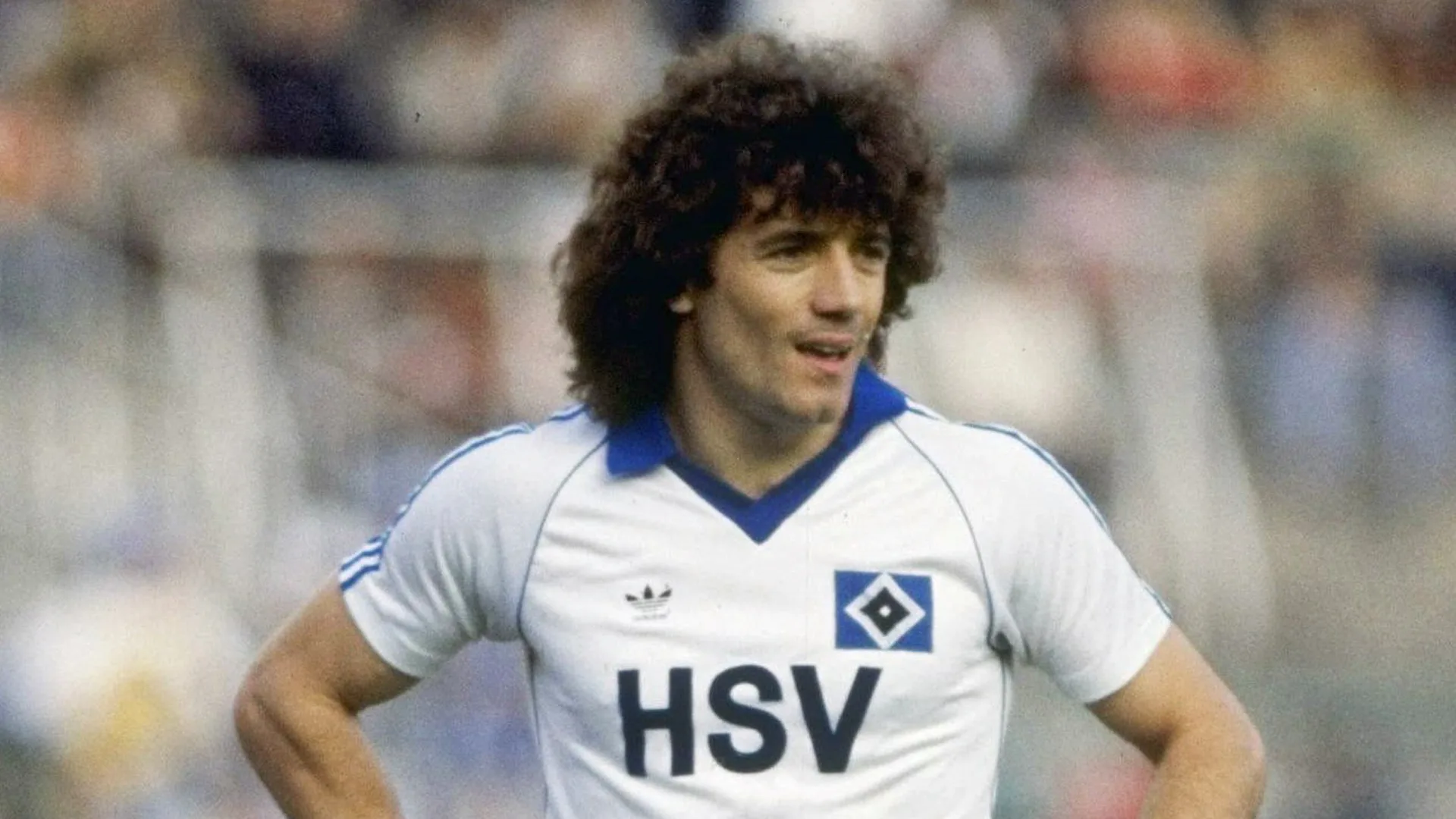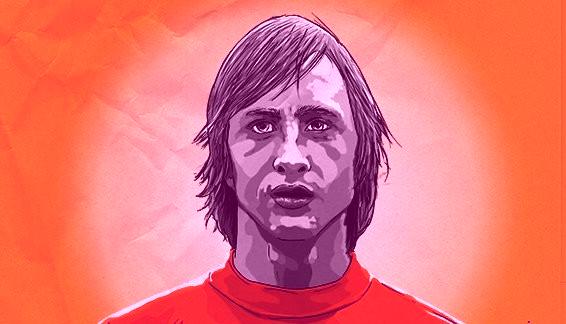
Mario ‘El Matador’ Kempes, arms out-stretched. The pitch covered in confetti. This is one of the indelible images that is etched in people’s minds when they remember Argentina in 1978.
However, despite the triumphant ending to the tournament, it began with the backdrop of domestic conflict and military oppression. Argentina in 1978 was a country in political and economical turmoil.
Politics and economics weren’t the only discerning issues for the proud Argentine public to worry about.
A Nation With No Direction
Up until the mid-1970s, Argentina was a footballing nation with no identity and it appears no real direction. That was until the managerial appointment of César Luis Menotti .
Menotti was given the task to reintroduce flair and energy back into Argentina ahead of the 1978 World Cup Finals. Menotti would not let the Argentine nation down.
At the time Kempes was plying his trade in Spain with Valencia and would earn the coveted Pichichi award in both 1976 and 1978.
His blistering form in 1978 led Menotti to abandon his policy of only selecting domestic-based players for the home-soil tournament. As a result, Kempes was picked to lead the line on home turf.
Mario ‘El Matador’ Kempes and World Cup Argentina 78
Kempes started the 1978 World Cup slowly with all games played at River Plate’s El Monumental he rarely looked threatening.
Finishing behind Italy in Group 1 meant they played the 2nd round in Rosario and not Bueno Aires as they had imagined.
However, the change of venue to where Kempes had played numerous times gave him a new lease of life. Pushed into a central striking role he scored both goals in an easy 2-0 victory against Poland.
A drab 0-0 with rivals Brazil meant that both teams had 3 points going into their final group match. It would all come down to 90 minutes to determine who would progress to the Final.
Argentina delayed the kick-off of its last match to await the result of the Brazil-Poland encounter.
Brazil won by a 3–1 score, meaning Argentina had to beat Peru by four clear goals to reach the final. Trailing 2–0 at half-time, Peru simply collapsed in the second half, and Argentina eventually won 6–0. Kempes scored twice. The lack of commitment shown by Peru led to many believing they might have been bribed into allowing a win by such a large margin. However, nothing could be proved, and Argentina met the Netherlands in the final.
Underhand Tactics from Argentina
Even before the referee blew his whistle to start the final there were what many believed to be more underhand tactics by Argentina.
The host team came out late and questioned the legality of a plaster cast on René van de Kerkhof’s wrist. The Dutch claimed the delay allowed tension to build in front of a hostile Buenos Aires crowd.
When the game started it was Argentina and Mario Kempes who took the lead. A direct Kempes slotting the ball under Jan Jongbloed to draw first blood. However, this was cancelled out in the 82nd minute with an equaliser from Nanninga for Holland.
It could have been worse for the home nation had Robbie Rensenbrink’s injury-time strike not hit the post. The game finished 1-1 and went to extra time. In the 105th minute, Kempes again slotted the ball emphatically under the keeper to score his second and Argentina’s second. To seal the deal at the death Daniel Bertoni scored a third to make Argentina world champions. Holland, because of the controversial game events, refused to attend the post-match ceremonies after the match ended.
Mario ‘El Matador’ Kempes finished the tournament as the top scorer with 6 goals despite a slow start and became an Argentine legend.
This post may contain affiliate links which means I may receive a commission for any purchases made through these links. Learn more on our Privacy Policy page.
Stuart Furniss
Lifelong Liverpool fan born and bred in a small town in Hampshire, England now living in sunny Los Angeles.
Original owner, editor and site administrator for the award-winning website The 4th Official.
Related Posts
Kevin Keegan’s Bundesliga Ballet in Hamburg
Follow the journey of when Kevin Keegan went to Hamburg. Read as he conquered…
Iconic Moments in 1970s Football
Dive into the golden era with legendary footballers of the 1970s. Explore…




